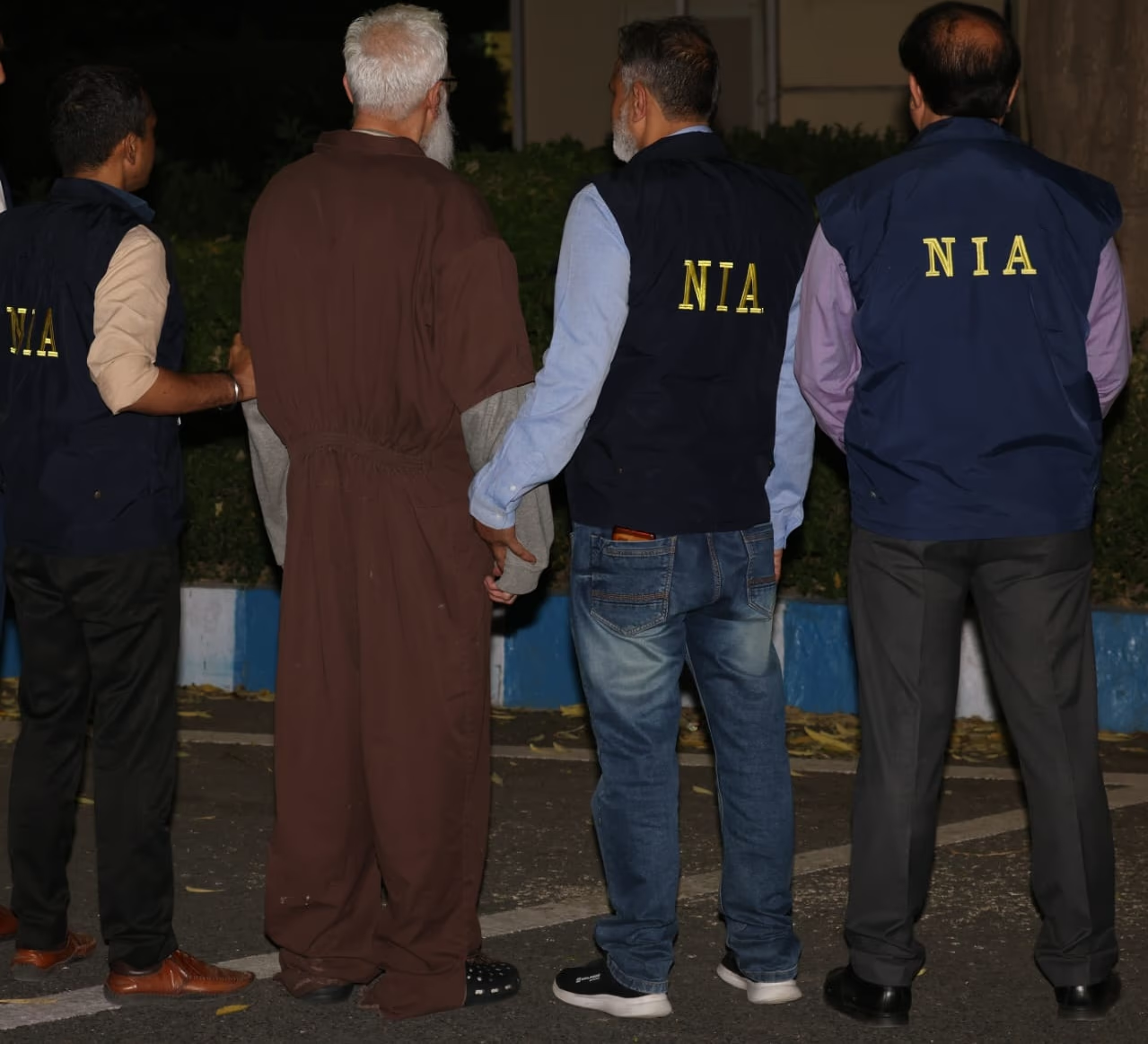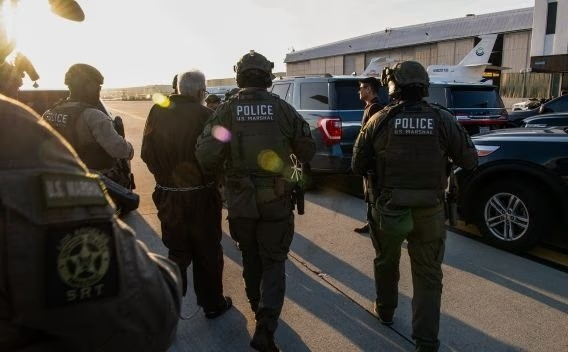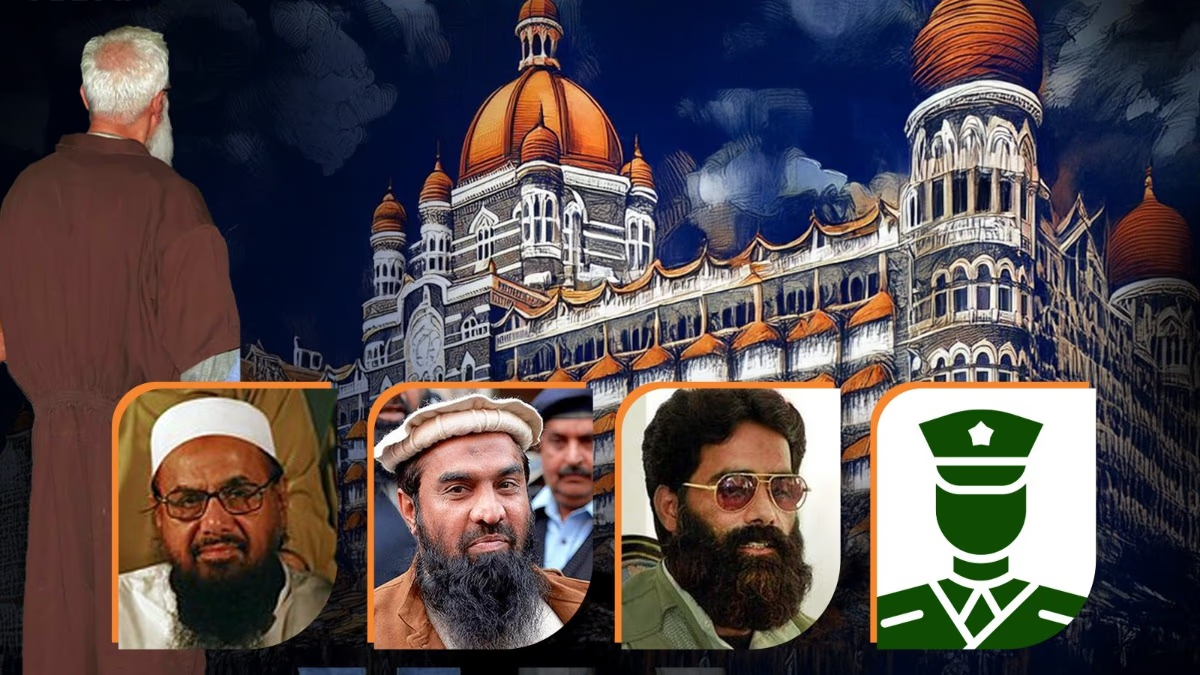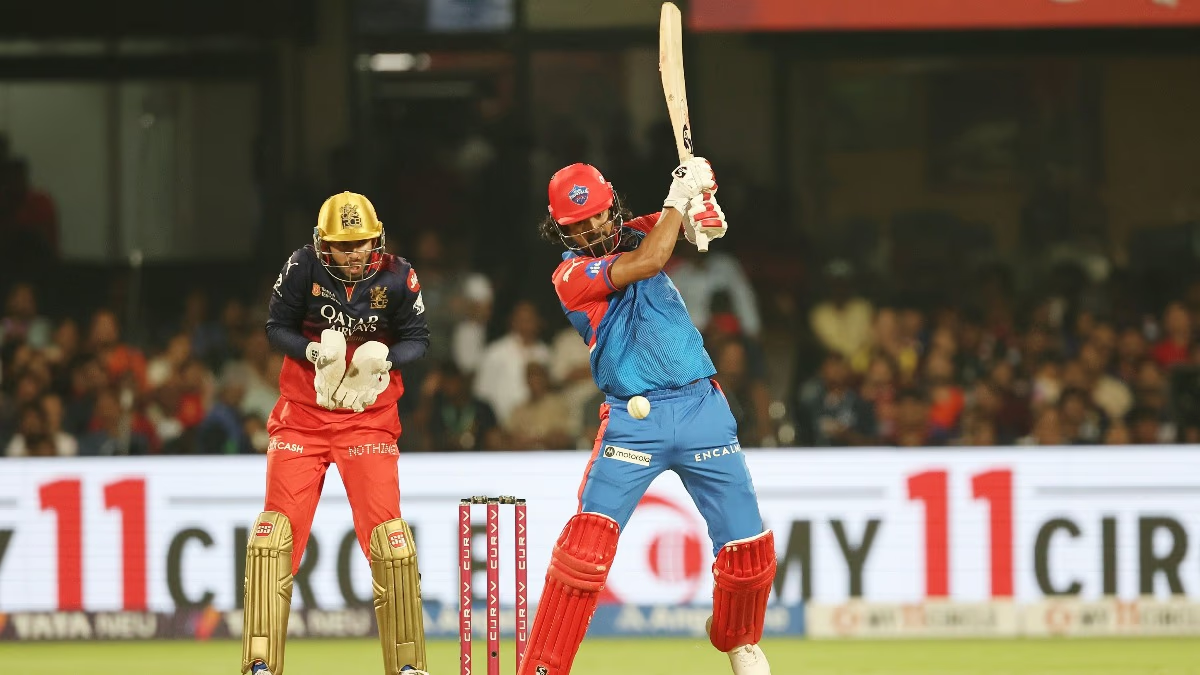Who would deny that the arms of justice reach far and wide? One of the key architects of the shocking 26/11 terror attack in Mumbai is now under India's custody. As NIA officers unraveled the case, strands led to those in Pakistan veiled under the guise of religious leaders, running a factory of jihad. Supported by Pakistan's ISI, these individuals secretly opposed peace while pretending to be moderate.

Source: aajtak
The 26/11 story is not one of simple terror; it's a sophisticated plot stretching to Pakistan, where ISI officers orchestrated an attack of global proportions.
After years of legal and diplomatic efforts, terror conspirator Tahawwur Hussain Rana has been extradited from the U.S. to India. The attack on November 26, 2008, claimed 166 lives, including Americans and Israelis, leaving over 238 injured.
India's premier investigation agency, NIA, charged Rana and others on November 11, 2009, intertwining him with the likes of David Coleman Headley, alias Daood Gilani, and terror outfits Lashkar-e-Taiba and HUJI in their criminal conspiracy against Mumbai.
Declared as terrorist entities under India’s Unlawful Activities Prevention Act, LeT and HUJI were at the forefront of the attack.

Source: aajtak
Remarkably, Rana is the third individual in this case to face India’s judicial system, pursuing a fair and transparent process of justice for all involved.
Revisiting the painful chapters of the Mumbai attacks, we delve into the roles orchestrated by these terror operatives.
Tahawwur Rana: The Logistics Man
Tahawwur Hussain Rana, a Canadian national of Pakistani origin, was pivotal in providing logistics and cover for this plot. In the late 1990s, he moved to Canada after serving in the Pakistani army’s medical corps. There, he started an immigration consultancy, later expanding to the U.S., operating from Chicago’s Devon Avenue.
According to Indian police, Rana facilitated reconnaissance missions for Headley through his firm, helping him extend his visa for 10 years. Headley then relocated to Mumbai.
During his stay in India, Headley pretended to run an immigration business and remained in constant touch with Rana, exchanging over 230 calls as per Indian authorities.
Through his firm, Rana provided Headley the necessary resources and cover for recce missions in Mumbai, aiding with fake documents and visas to allow frequent, unobserved travel to India. Fully informed of LeT's activities, he remained aligned with Headley in contact with Hafiz Saeed and conspirators.
Rana also liaised with ‘Major Iqbal,’ another key conspirator, as documented in the NIA charge sheet.
In November 2008, Rana himself traveled to India shortly before the attack.
According to a 2023 charge sheet by Mumbai police against Rana, he stayed at a hotel in Powai and discussed busy places in South Mumbai with a witness listed in the case.
The attack was executed on November 26.
David Coleman Headley: Mastermind of Reconnaissance
According to BBC journalist Rehan Fazal, David Coleman Headley first set foot in Mumbai in September 2006, well-trained by ISI. He set up an office in AC Market under a company named ‘First World,’ assisting people in obtaining visas to the U.S.
While acting as a legitimate business, Headley liaised for LeT and ISI, having trained at LeT camps with direct links to Saeed, Lakhvi, and Major Iqbal.
Rehan Fazal, referring to Danish journalist's book, notes that Headley, originally Daood Gilani, aspired to fight in Kashmir but was deemed too old for front-line roles by LeT’s Lakhvi, who instead integrated him into broader Indian operations through Sajid Mir.
David Headley joins Mumbai reconnaissance missions
Tahawwur Rana aids with Headley's visas for extended operations in India
In 2006, Headley officially prepped for the Mumbai assault, making several reconnaissance trips between 2006-2008. He recorded videos, collected GPS data at key sites like the Taj Hotel, Oberoi, CST, and Nariman House, creating blueprints for the terrorists.
Post-attack in March 2009, Headley revisited Mumbai, staying at Churchgate’s Hotel Outram, further cementing his ties there.
Finally caught, on October 3, 2009, Headley was arrested at Philadelphia Airport en route to Pakistan.
Currently, Headley serves 35 years in a U.S. prison.
Hafiz Saeed: The Ideological Figurehead
Most wanted terrorist Hafiz Saeed provided ideological fuel and was the strategic brains behind the attack, founding Lashkar-e-Taiba and Jamat-ud-Dawa—a man with an unending enmity towards India.
He advocated violence against India, visualizing jihad against major cities like Mumbai, enticing attackers with dreams of paradise and ensuring funding and tactical plans.
Tasked Headley with reconnaissance and supervised attacker training with Lakhvi. Allegedly during the attack, he orchestrated from a control room in Karachi.
Saeed remains a globally declared terrorist by the UN and various countries but dwells in Pakistan, shielded by ISI, though never assured of India’s resolve to pursue action.
Zaki-ur-Rehman Lakhvi: Operational Commander
Lakhvi, a co-founder and commander of LeT, played a key role in recruiting, misguiding, training, and deploying attackers like Kasab.
From Karachi, Lakhvi directed the attack with detailed instructions via satellite to his men in Mumbai.
Recognized by captured terrorist Kasab as "Uncle Lakhvi," his influence was evident, although repeatedly detained and released in Pakistan.
Ilyas Kashmiri: The Co-Conspirator
Associated with HUJI and Al-Qaeda, Kashmiri aided with planning, logistics, and training terrorists, linking operational networks for the attack.
Reports in 2011 claim his death in a drone strike.
Major Iqbal (alias Pasha): ISI’s Terror Link
Maj Iqbal, known as "Pasha," an alleged ISI officer, symbolizes Pakistani military’s involvement.
Bridging LeT and Headley, Major Iqbal provided resources, advising Headley on reconnaissance, ensuring operational stealth, and channeling logistics via Rana.
Assisted Headley with office rent and operational expenses in Mumbai, though his current status remains a mystery.
On November 26, 2008, 10 terrorists infiltrated Mumbai via sea, splitting into groups to target predetermined locations. From Karachi, Saeed and Lakhvi guided them via satellite communication, resulting in a standoff lasting nearly 60 hours before Indian forces neutralized nine attackers, capturing Kasab alive.




